The rubber tensioners and slippers inside the cam chain tunnels have -- or supersede to -- the same part numbers on all 700 and larger XV engines, On the external plunger, the numbers tell the same story, except: the black units are different, but inter-changeable; the RH/RJ model has a different number (which is now discontinued), yet the other plungers work in them without problem. During assembly, or whenever you must adjust cam-timing, the fixing screw on the plunger must be turned counter-clockwise as far as it will go. This draws the bar that actually contacts the rubber tensioner back into the body. The plunger is then installed; the cam timed and secured; then the screw is released, and the bar pushes out to the tensioner as far as it can; the chain is tensioned. As the chain stretches, or the tensioners or slippers wear, the bar extends further to maintain pressure against its tensioner. It retracts ONLY if its retraction screw is turned. It is not dynamic; it is not lubricated by the engine's oil supply. Internally, there is very little: a clock-like spring and a coil spring bearing against the bar. It is not serviceable except that one can soak it in oil whilst giving the screw a few twists. If it fails, the bar remains in the extended position, and it will prove difficult to re-time the cam. It is best then to replace with a stock assembly: good used units are plentiful and cheap.
Stock Virago Tensioners

Fixed Adjusters Coming Soon
These are out of a '90 Virago 1100. Checking part numbers, we find that they fit ALL XV series models, 700 through 1100, '81 through '98.
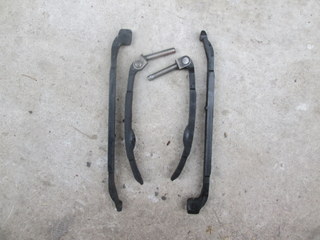
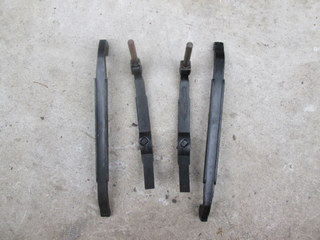
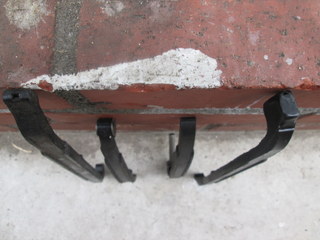
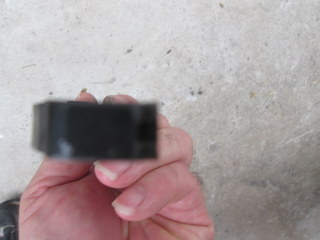
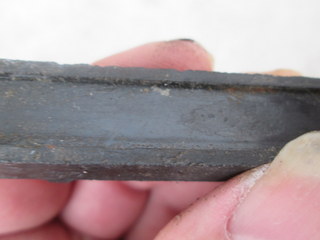
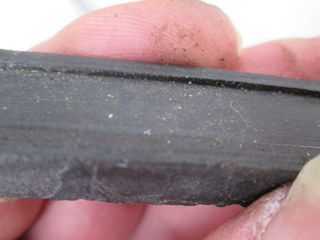
New:
No Longer Available
Used:
$50.00